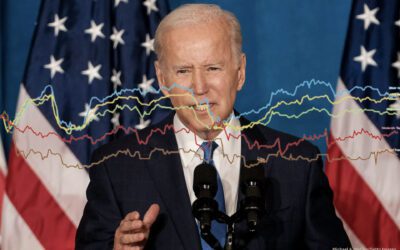YOUTH FOR THE WIN!
Barack Obama will make history in one week in no small measure due to the enthusiasm and commitment of America’s youth. The Obama campaign awakened a generation. To be sure, this campaign was aided by events surrounding the campaign, but the stability of his support among young people, largely uninterrupted throughout the year, and their growing enthusiasm is nothing short of remarkable and will influence American politics for generations to come.
It is, therefore, no real surprise to see both Obama’s margin and young people’s commitment to vote peaking going into the last week.
Key Findings
- Obama has never posted a higher margin among young people (now 62 – 27 percent Obama). He continues to draw exceptional favorability ratings, while John McCain and Sarah Palin have never been less popular.
- John Kerry won the youth vote (54 – 45 percent), but lost white people under 30 (44 – 55 percent). Obama leads 51 – 38 percent among white youth, up from 43 – 42 percent in the late summer.
- Young people are also confident about the outcome. A 71 percent majority believe Barack Obama will win the election; even among Republicans, 39 percent predict an Obama victory, just 53 percent believe McCain will win.
- Young people’s commitment to vote continues to grow. Now 67 percent describe their likelihood of voting as a “10″ on a ten-point scale, the highest number we recorded this year and fully 18 points higher than it was in the summer.
- What is most remarkable is the faith young people evince in Obama’s ability to turn things around in this country. By better than a 2:1 margin, young people believe that, even with everything stacked against him, Obama can change the direction of the country. To state the obvious, the post-election period will be one of very high expectations.
Methodology
This population is exceptionally difficult to reach through traditional polling methods. More importantly, traditional polling methods are no longer a reliable way of understanding America’s young people. More than a quarter of young people do not have conventional land-line phones and many (63 percent in this survey) among those that have land-lines do not use them as their main service for in-coming calls. This means that most will not be reached with a land-line phone. Therefore, this project involves a multi-modal approach using web-based interviewing, cell phone interviewing, as well as a land-line sample. Moreover, as turn out represents such a critical variable in the political disposition of young people, this project does not screen for likely voters. Between October 13-29, 2008, Democracy Corps and Greenberg Quinlan Rosner Research interviewed 604 young people, ages 18-29. This project looks at the wider population of young people and does not exclude non-voters or unlikely voters. As this population is very difficult to survey, this project involved a multi-mode design including cell phone interviewing (60 interviews), web based research (304 interviews) and telephone surveys (240 interviews) using a random digit dial sample.




